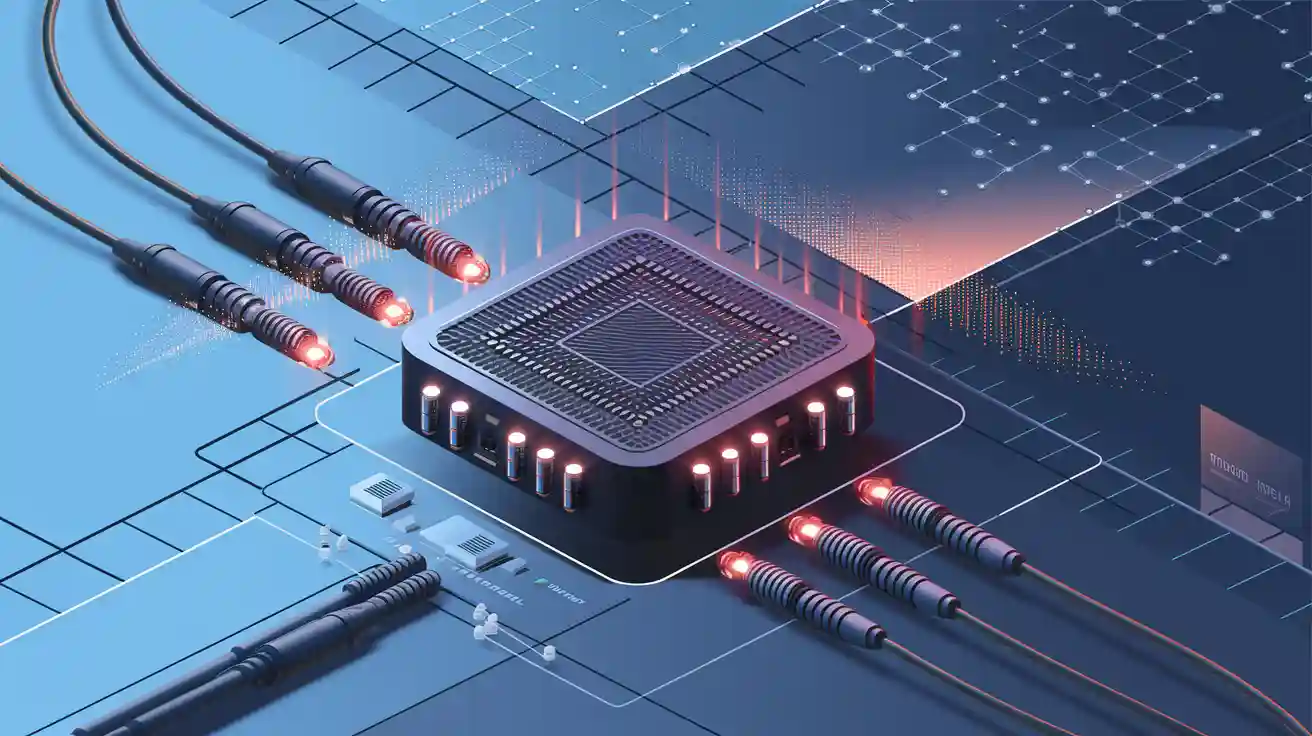The Transmitter Optical Sub-Assembly (TOSA) is a critical component in optical transceivers, responsible for converting electrical signals into optical signals for high-speed fiber optic communication. As the core of the transmitter side, TOSA determines key performance metrics such as wavelength stability, output power, and signal integrity.
This blog provides an in-depth look at:
✔ What is TOSA and how does it work?
✔ Key components inside a TOSA
✔ TOSA in Optical Modules
✔ Applications of TOSA
✔ Future trends in TOSA technology
🔧 What is TOSA?
TOSA, or Transmitter Optical Sub-Assembly, is an integral part of optical transceivers. Its primary function is to perform the electrical-to-optical (E/O) conversion, enabling high-speed data transmission across optical fibers. The efficiency and reliability of a TOSA directly influence the performance of the entire optical communication system.
🧩 Core Components of TOSA
Component | Function |
|---|---|
Laser Diode (LD) | Emits light at a specific wavelength (DFB for 1310nm, EML for 1550nm DWDM). |
Monitor Photodiode (MPD) | Measures laser output power for real-time feedback (APC – Automatic Power Control). |
Thermoelectric Cooler (TEC) | Maintains stable temperature to prevent wavelength drift. |
Optical Isolator | Blocks reflected light to protect the laser. |
Lens System | Focuses light into the fiber core with high coupling efficiency (>90%). |
These components are meticulously assembled within a compact housing, often utilizing packaging forms like TO-CAN, Gold-BOX, Chip-on-Board (COB), or Chip-on-Chip (COC), to ensure durability and compatibility with various optical modules.
🌐 TOSA in Optical Modules
In optical transceivers, TOSA works in tandem with the Receiver Optical Sub-Assembly (ROSA), which performs the reverse operation—converting incoming optical signals back into electrical signals. Together, TOSA and ROSA enable bidirectional communication over optical fibers, forming the backbone of high-speed data networks.
The performance of TOSA is critical in applications such as data centers, telecommunications, and enterprise networks, where high data rates and reliable transmission are paramount.
🏢 Future Trends in TOSA Technology
Co-Packaged Optics (CPO) – Integrating TOSA with ASICs for 800G/1.6T.
Tunable TOSA – Dynamic wavelength switching for flexible networks.
Silicon Photonics – Smaller, lower-cost laser integration.
LINK-PP's Expertise in TOSA Technology
As a leading manufacturer in the optical communication industry, LINK-PP offers a comprehensive range of optical modules incorporating advanced TOSA technology. Their products are designed to meet the stringent demands of modern networks, ensuring high performance, reliability, and scalability.


